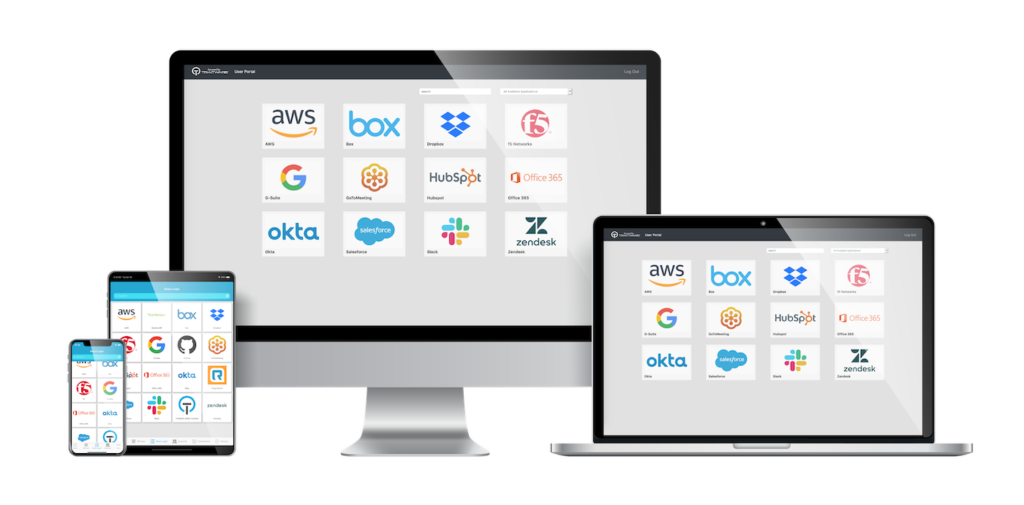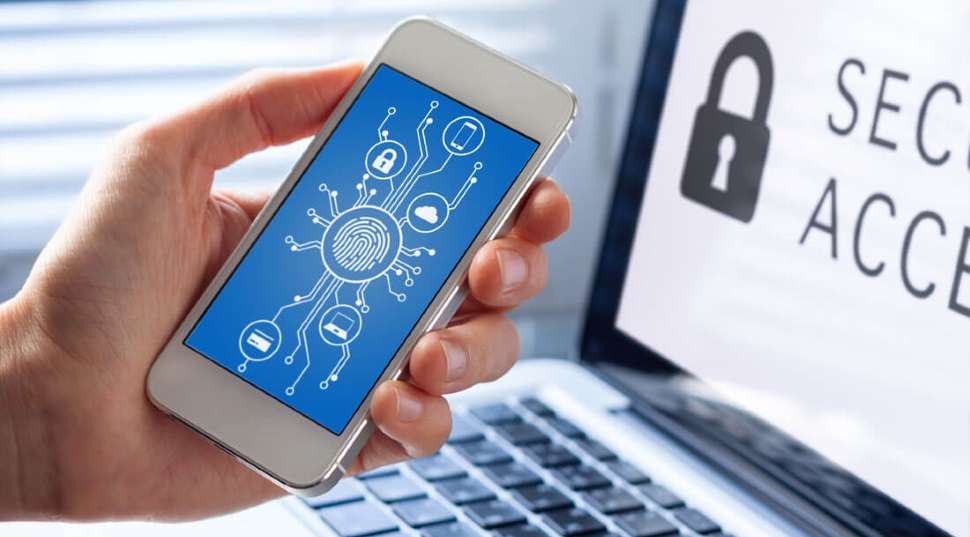As technology advances, so too do security measures to keep online information safe. Longer passwords, CAPTCHAs, PINs, and even biometrics have been used to secure user information. All to keep bots and hackers at bay. Multi-factor authentication (2FA) systems have become the go-to solution for strengthening employee login. Are they the right security solution for your company?
Multi-Factor Authentication Solutions
First of all, what are multi-factor authentication solutions? In plain terms, multi-factor authentication makes logging in more secure by forcing you to use more than just your password for login. Other authentication parameters include PINs, Biometrics, and one time codes sent to your email or phone.
You’ve more than likely crossed paths with multi-factor login systems, both online and on your phone. Every time you log into an email, application, or online profile, you’re met with a pop-up from the site asking you to set up a pin to add another level of security. If set up, you would have to insert a password and another form of authentication as mentioned above. It’s a little irritation that many ignore, but it can lead to big consequences.
Passwords are the weakest link in online login. In order to circumvent brute force attacks and password cracks, multi-factor authentication systems have added extra locks. If your password is cracked, the hacker may not have access to the phone where you receive login codes, for example, and is thus thwarted by their lack of keys to the lock. Many businesses have made it mandatory for their employees to use MFA at work to secure their accounts. This helps to secure all confidential documents that come along with them. However most of these solutions cause the user frustration.
The Problems with Multi-Factor Authentication Solutions
The rise of two-factor authentication has also seen the rise in problems associated with it. Passwords may be the weakest links in login security, but other login factors have their own share of risks. Hard Token devices like a Yubi-key or RSA token if stolen (or left in the machine) can be used with the user’s credentials without the need to authenticate to the extra factor. A savvy hacker can set up his phone to behave just like yours, rerouting your text codes. These are extreme examples, but even the simple mishaps can get in the way. Maybe you wrote your PIN down and lost the notepad it was written in.
More than six billion authentication credentials were stolen between 2013 and 2016, leaking private information and severely hurting the reputation of companies affected by password breaches. Having a weak login system can leave your company, your employees, and your clientele at risk. Your company shouldn’t have to sweat over a potential security breach, and finding the right set of authentication factors can be a daunting task.
TraitWare: A Solution to the Multi-Factor Authentication Problem
Keeping track of multiple credentials can be tiresome at best. They can also waste valuable company time if not managed well. Typing in passwords (if you can remember them!), then fishing through emails for a magic link can add up in lost work time. And there’s always the fear of a credential based breach if you choose credential based authentication solutions .
TraitWare solves many of these problems with passwordless login, and even usernames altogether. TraitWare’s unique QR code login allows you to log in by scanning a QR code with your enabled smart device or directly on the mobile maintaining MFA. The weakness of passwords doesn’t have to be your weakness with the TraitWare patented passwordless login system.
Keeping yourself and your company safe in the digital age is an uphill battle. The speed of change of technology makes keeping up with online safety difficult, time-consuming, and unnerving. As a company, ensure you have the strongest safety for your employees and clients by considering the right solution. Our tip? Ditch the passwords first.

